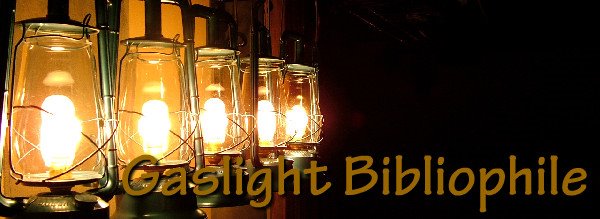
Zusak, Markus. The Book Thief. Knopf Books for Young Readers, 2006. 560 pages. $17.99. ISBN 0375831002
Readers Annotation:Death narrates the story of book stealing Liesel Memminger’s life with her foster parents during WWII, who harbor a fatal secret.
Plot Summary: Death, the narrator of The Book Thief, sees many people every day, but none of them stuck with him as much as Liesel Memminger. He feels it is his duty to her, for watching her throughout her life, to tell the rest of the world her story. With war and much hardship on the horizon, Liesel Memminger and her brother are sent to live with a foster family in Munich. Tragedy strikes while they make the journey with their mother, and Liesel goes on alone. After some time and a few tantrums, Liesel learns to accept her foster parents Rosa and Hans. She soon makes friends with Rudy, a worshiper of Olympic athlete Jesse Owens. Hans teaches Liesel how to read using paint, brushes and the basement wall and she soon finds solace in reading. Her need to read leads her to stealing a book from one of the Nazi bonfires, but her thievery doesn’t stop there. Over the years she continues to steal books, thinking she’ll never get caught. Liesel has more on her mind than being caught as a thief when her foster father does something that endangers them all. Liesel learns what her country’s war will cost her, and how many times Death has already visited her.
Critical Evaluation: Zusak’s writing style is different than anything I’ve read thus far. It is as if he is having a conversation with the reader. Even though the book is about the atrocities of Nazi Germany, and the narrator is Death himself, the story is not dark. There is a youthfulness that Liesel brings, despite the hardships she’s faced so young. Her eagerness to learn to read, fascination with books and carefree demeanor balance the realities of the war. It was refreshing, for lack of a better term, to read about Germans during WWII that were not put in an evil or menacing light. It reminds the reader that not all Germans at the time believed what Hitler believed was right, nor did they all hate the Jews. With all of the sadness throughout the book, the reader is left optimistic in the end and even sympathetic toward the persona of Death. I highly suggest this novel for an alternate view of WWII Germany, and also for the creative writing style of Zusak.
Reading Level: Although the main character is so young for the majority of the book, the reading level and interest level would be suited for ages fourteen and up.
Book Talk Ideas: I would read the first chapter and discuss why the author would choose death as the narrator. I would encourage the students to read the book to consider the alternate writing style Zusak uses, if not for the story itself.
Why it is included: I chose this book because it has been on several best book lists, won the National Jewish Book Award in 2006 for Children’s and Young Adult Literature, was a Michael L. Printz honor book in 2007 and has been recognized by many states and organizations as an outstanding book.
Challenge Issues: The point of view of the book, that being from Death, may cause some people to believe that the book is mocking what happened to Jews in Europe at the time. However I would argue that the book gives a much-needed glimpse of non-Nazi Germans during WWII and that not all of them hated Jews. I would add that this was a horrific moment in human history and one that should not be, and is not in The Book Thief, taken lightly.




0 comments:
Post a Comment